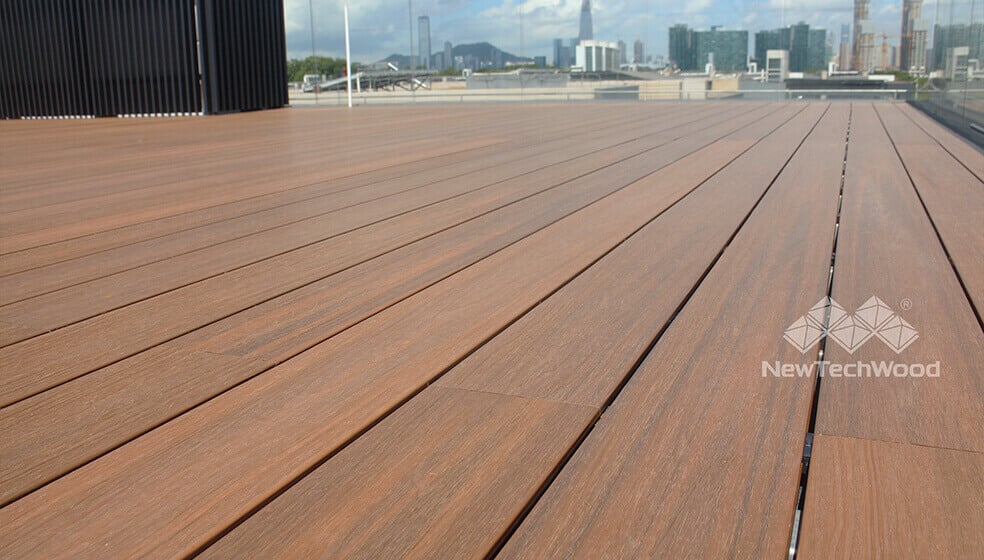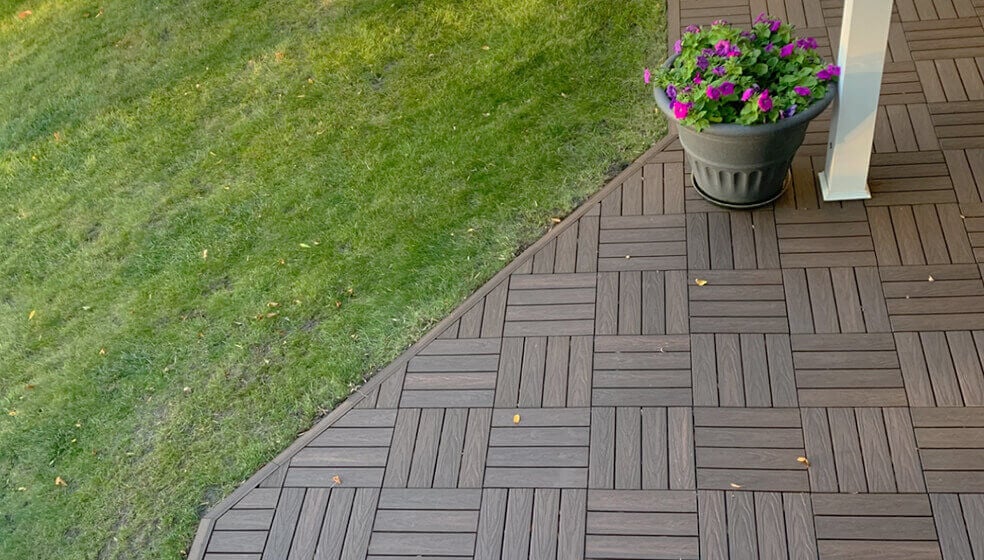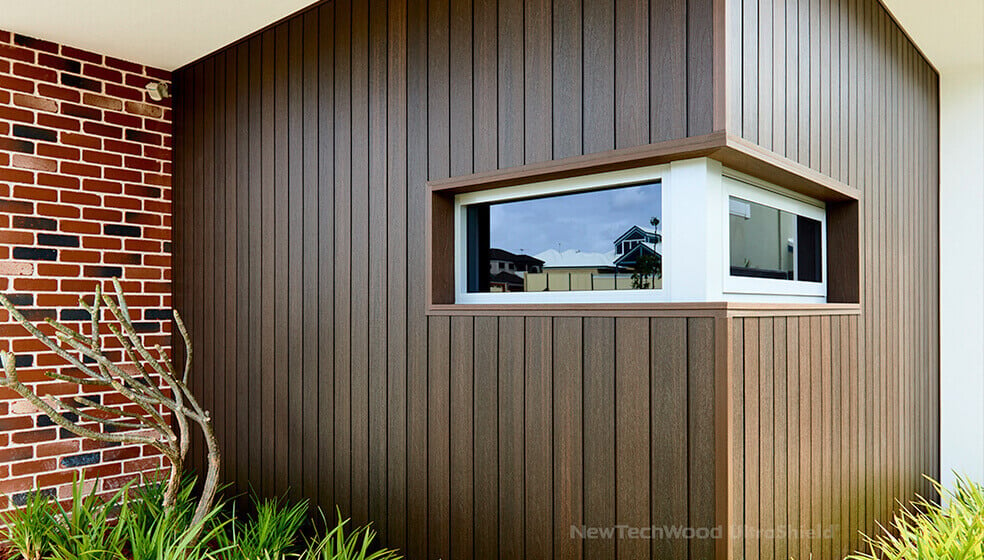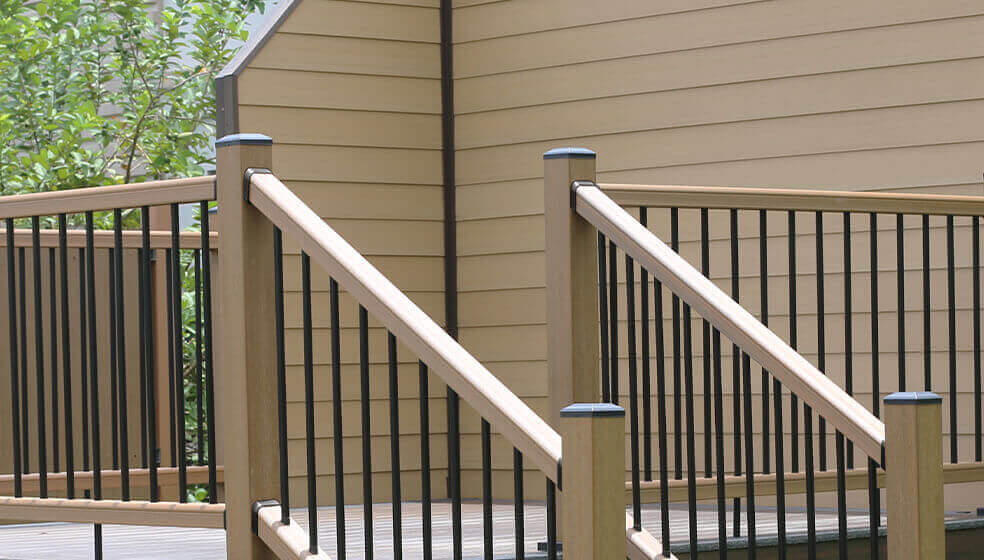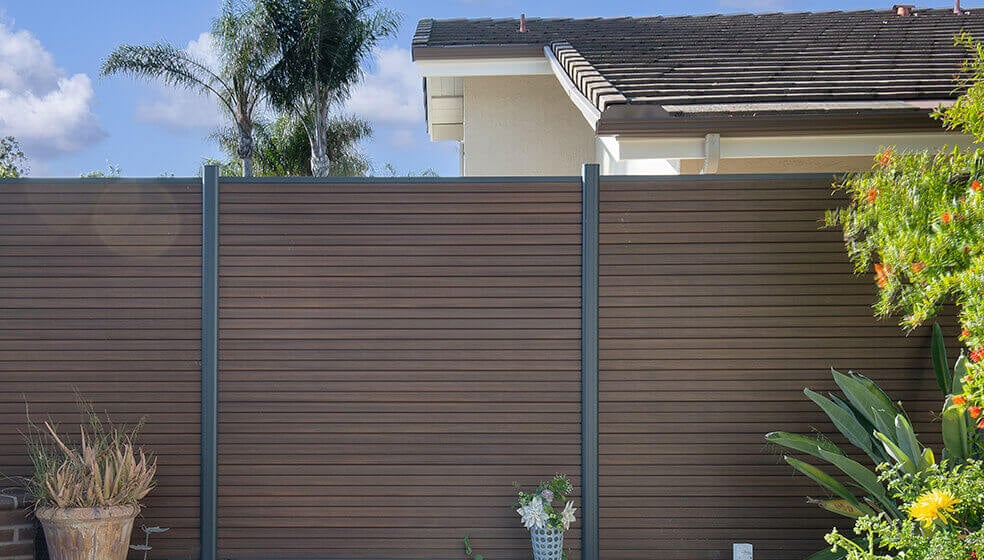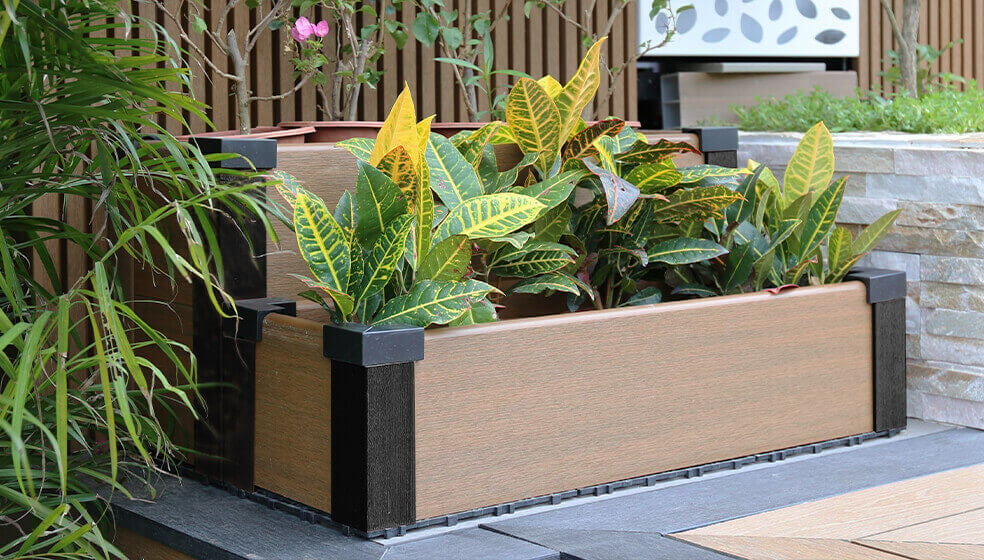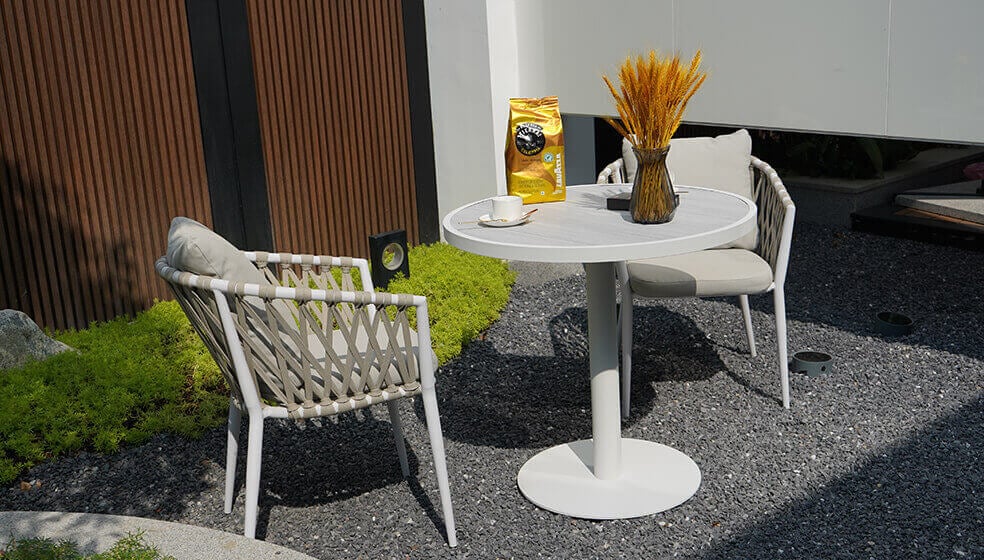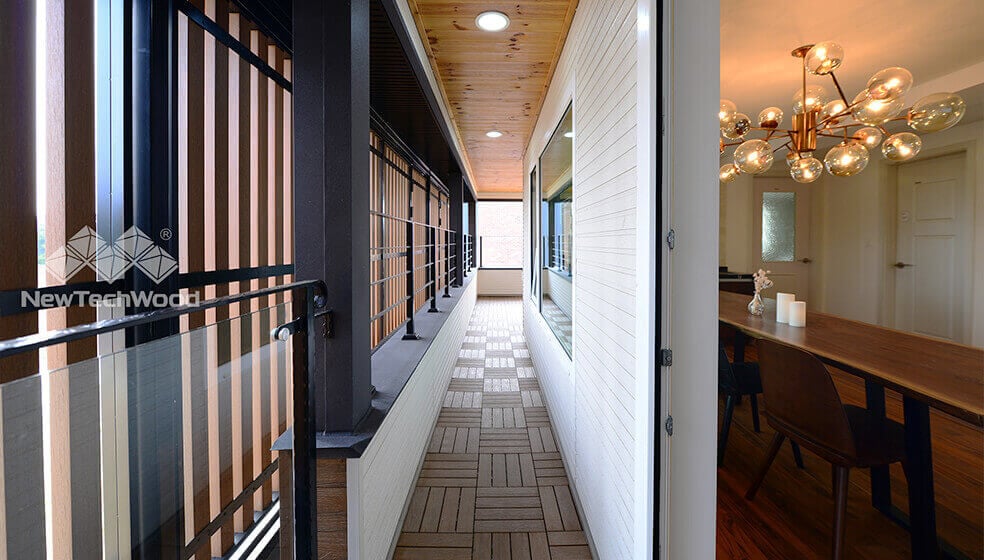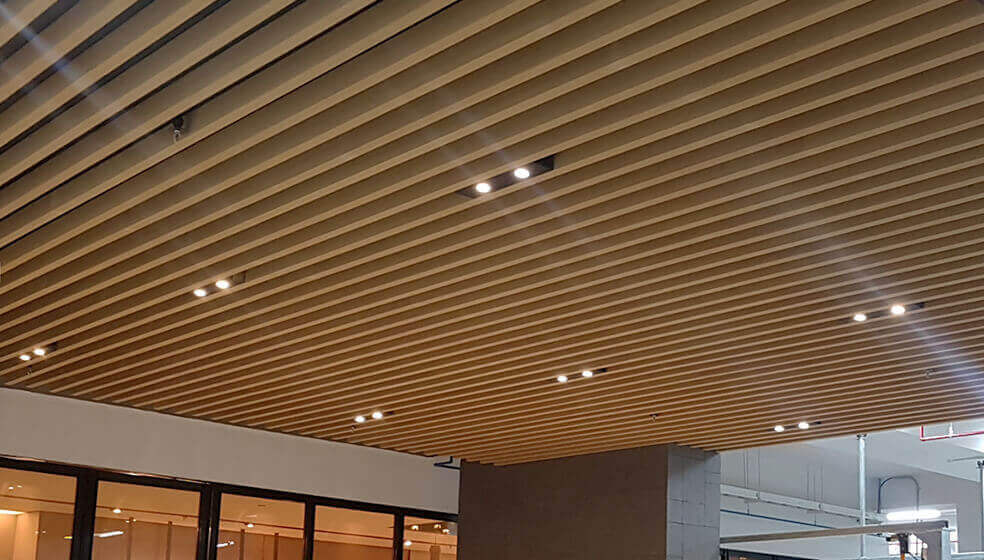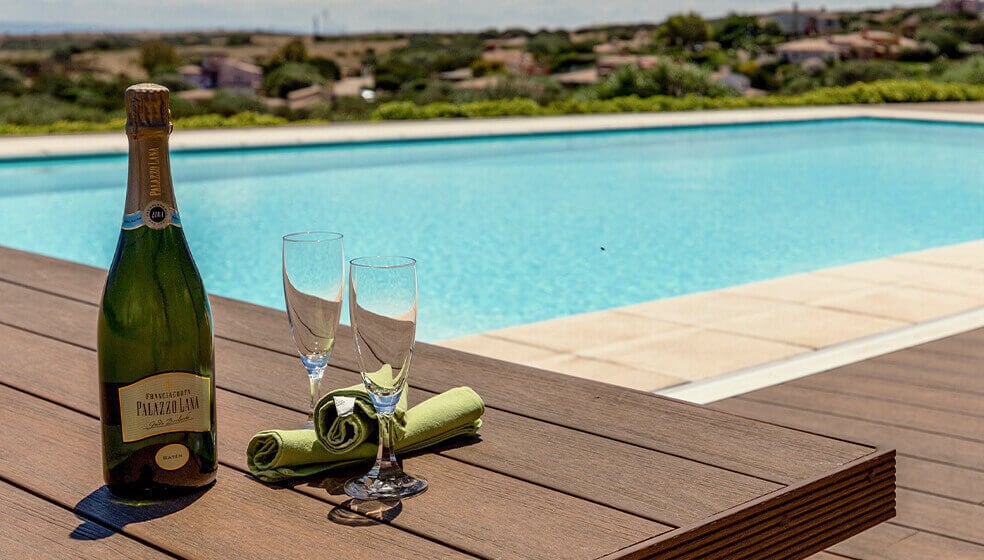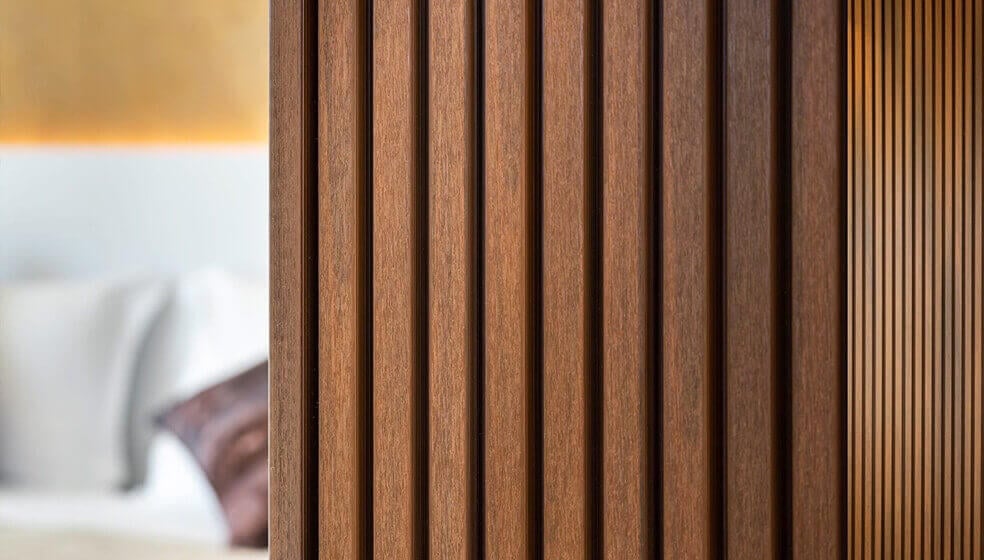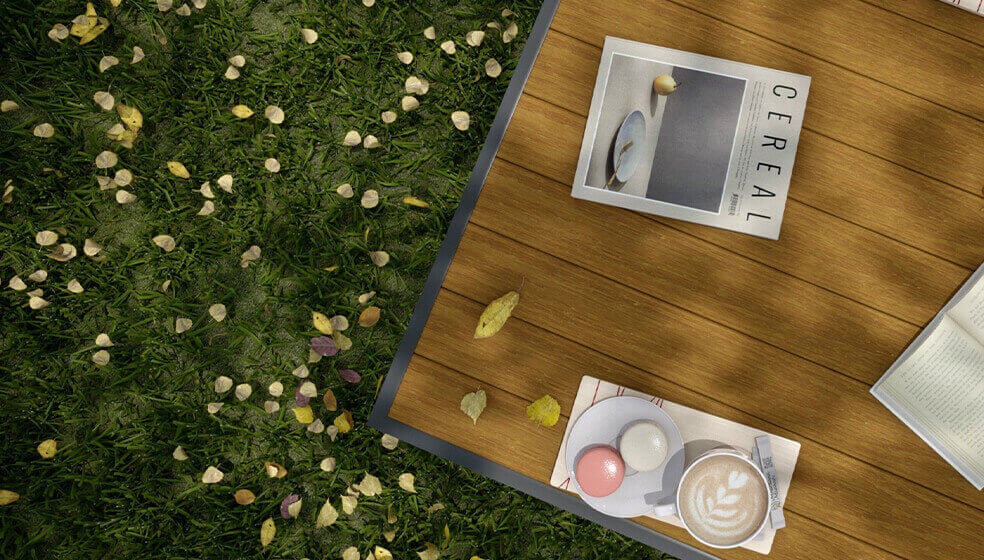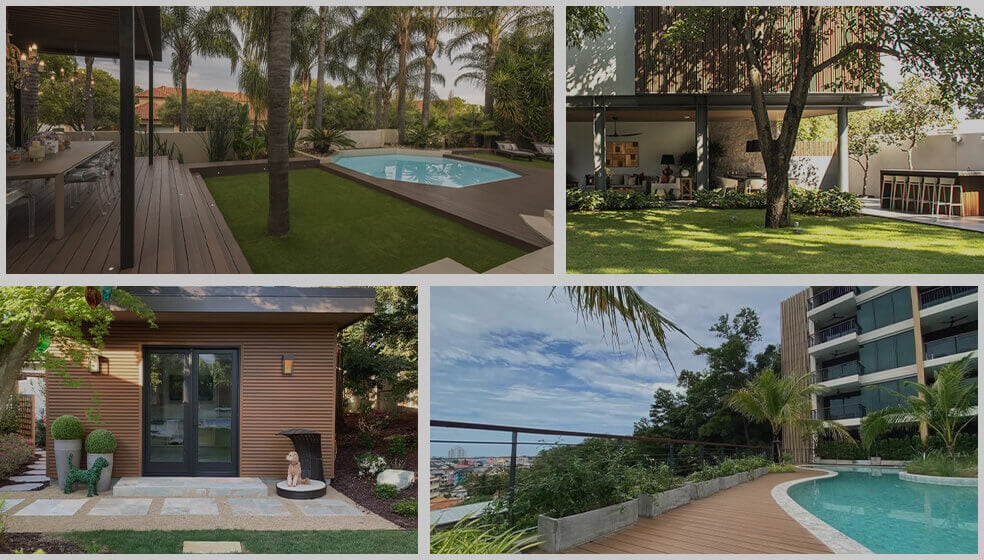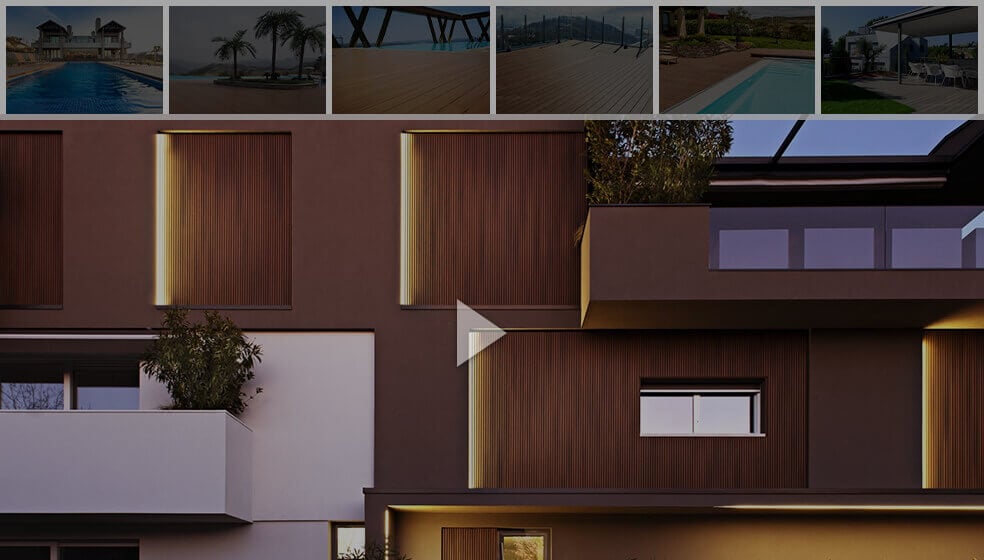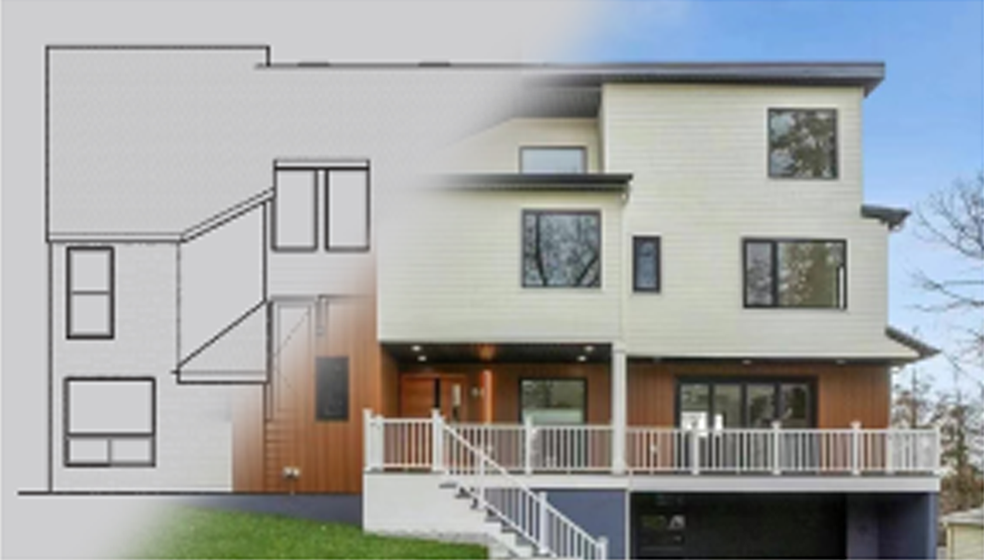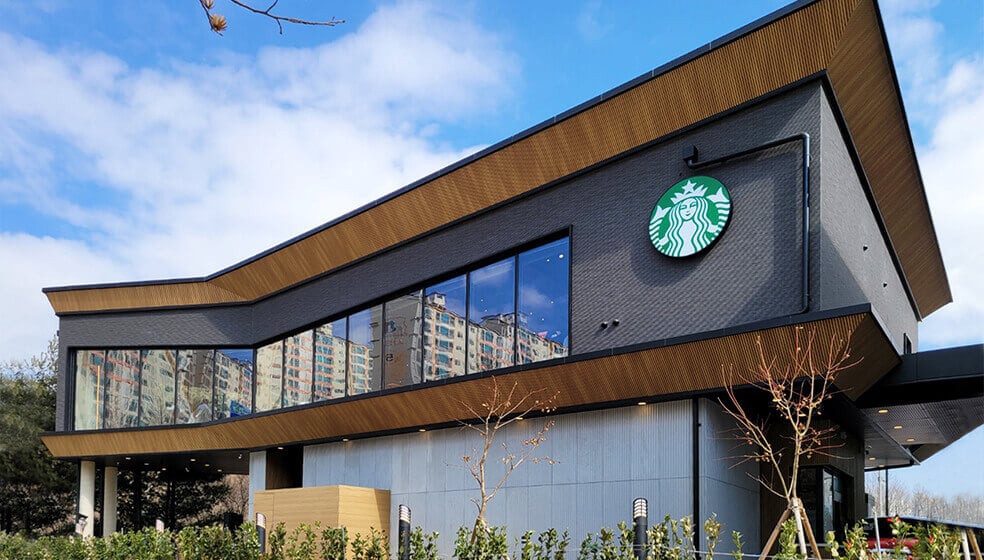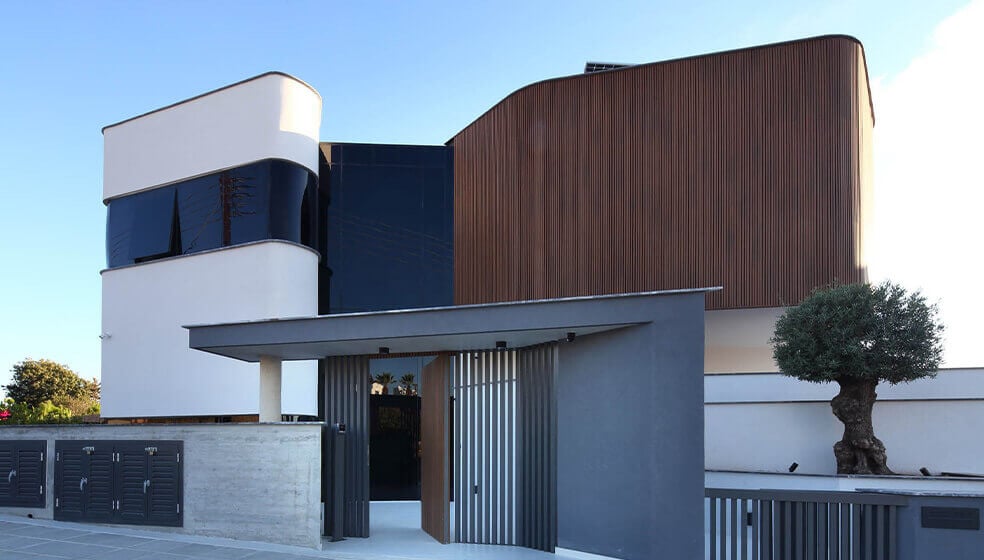When your deck project comes down to some final design choices such as aluminum vs. composite deck railings, know that you’ve already made one smart decision by not considering wood as a material.
Even treated lumber decking needs far more maintenance than other outdoor materials. Painting or staining spindles or balusters every couple of years is a duty that no homeowner should invite, and no designer or contractor should create. That’s why when it comes to your deck railing, aluminum vs. composite should be your only consideration.
Even with only two options, there are many factors to consider. From appearance to cost, maintenance and durability, here are the pros and cons of composite vs. aluminum deck railing:
Appearance
This is less a matter of quality than of preference. In general, aluminum lends itself to more modern, less bulky looks. Composite, similarly to wood, can provide the visual heft suitable for more traditional looks. However, given the number of rail profiles and colors available, not to mention spindle and baluster options, composite can transition comfortably into any design aesthetic.
Cost
Costs can vary wildly — especially if you’re eschewing traditional spindles in favor of glass panels or cable — but the range for aluminum generally starts a bit higher than that for composite.
Other factors include whether you’re going the DIY route or hiring a contractor, the complexity of the install and the quality of the material chosen. When comparing upfront costs, also consider warranties, which are a good gauge of the manufacturer’s performance expectations.
The good news is maintenance costs for either aluminum or composite will offset initial upfront costs compared to less expensive materials.
Maintenance
Aluminum is typically powder coated, making it essentially waterproof. It also responds very well to changing weather conditions, be it extreme heat or cold. While fading isn’t a problem, upkeep is necessary. Surface mold is common, but it can be easily cleaned away with a power washer. Wiping down with mild cleansers will keep the need for power washing down to once or twice a year. Don’t use abrasive — and if the powder coating is damaged, touch it up (manufacturers typically can provide touch-up kits).
Composite maintenance depends largely on the product you buy. Some require an occasional scrubbing with a soft-bristle brush. NewTechWood’s composite capped with UltraShield brings enhanced stain resistance, surface mold and mildew can be sprayed away with a garden hose, and fading is minimal compared to conventional composites.
Durability
Aluminum is very resilient. It is also harder than composite rail materials, so it is tougher to scratch or dent. Lifetime warranties aren’t unheard of for aluminum railings, but review any warranty’s fine print for terms that make such promises easily voided.
While offering the look of wood, composite rail systems don’t have many of the issues wood has, inlcuding splitting, twisting, staining, fading, mold and insect infestation. High-quality, well-maintained composites should have no trouble outliving even 25-year warranties — which is what you should expect a high-quality manufacturer to offer.
NewTechWood Can Meet Your Needs
Whether you’re a homeowner, home building, contractor or architect, NewTechWood has the solutions for your railing needs. Whether you’re looking for aluminum railings or our innovative, 25-year-warranteed composite railings, NewTechWood is sure to meet your needs with our array of stock colors, patterns and profiles — or even custom colors for larger orders. Contact us today to see why NewTechWood should be your choice for railings.



